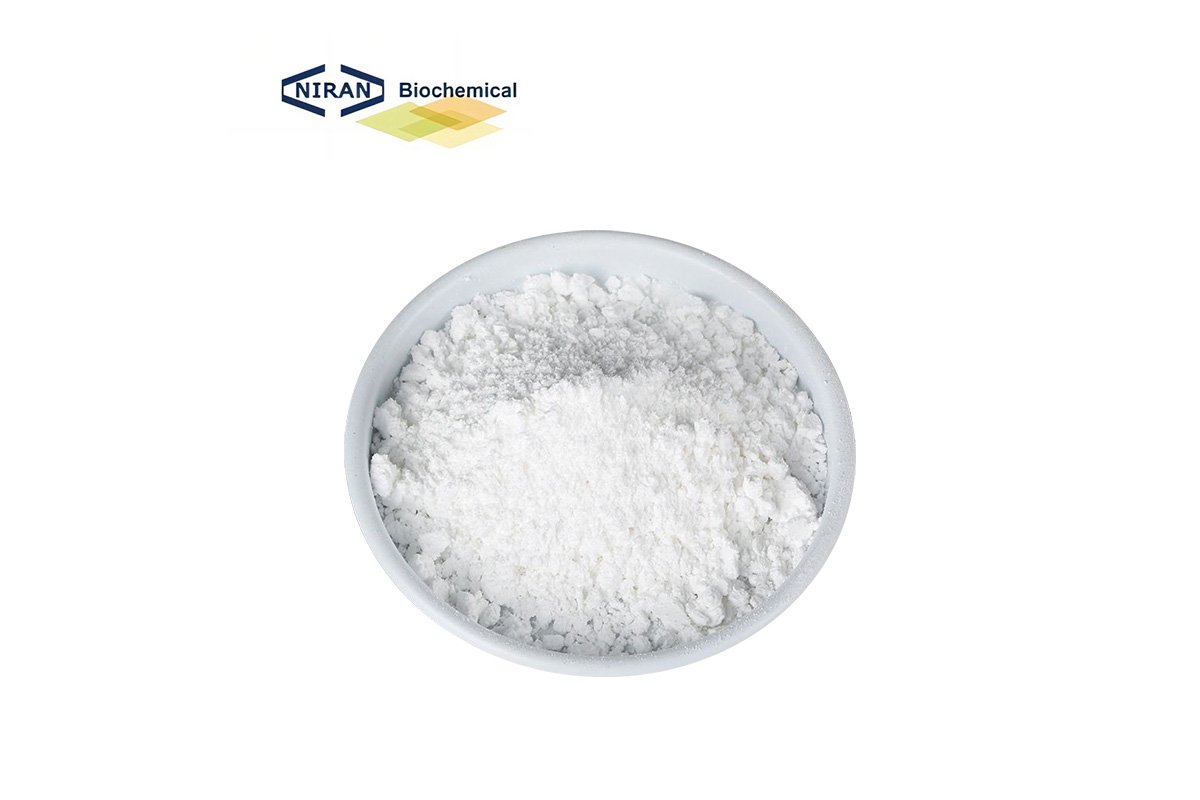Sucralose, a zero-calorie sweetener 600 times sweeter than sugar, has become a key player in the global sweeteners market, widely used in food, beverages, pharmaceuticals, and personal care products.
In this article, we explore the role of sucralose in modern sweeteners, its applications, benefits, and concerns, as well as its market impact.
What is Sucralose?
Sucralose is a chlorinated derivative of sucrose, where three hydroxyl groups in sucrose are replaced with chlorine atoms. This modification renders it non-metabolizable by the human body, which is why it provides sweetness without contributing calories. Approved by major health and regulatory bodies, including the FDA, EFSA, and WHO, sucralose has been deemed safe for human consumption within established guidelines.

Key Features of Sucralose
High Sweetness Intensity: Sucralose is 600 times sweeter than sucrose, allowing manufacturers to use it in minute quantities.
- Calorie-Free: Since it is not metabolized by the body, it contributes zero calories, making it suitable for weight management.
- Heat Stability: Unlike some other sweeteners, sucralose retains its sweetness when exposed to heat, making it ideal for cooking and baking.
- Neutral Taste: Sucralose offers a clean, sugar-like sweetness without a bitter or metallic aftertaste, a common issue with some artificial sweeteners.
- Versatility: It works well in both liquid and powdered formulations since it dissolves readily in water.
Applications in Food and Beverages
1. Low-Calorie Beverages
One of the most prominent applications of sucralose is in low-calorie and sugar-free beverages, including soft drinks, flavored waters, energy drinks, and ready-to-drink teas. Its ability to replicate the taste of sugar without calories has revolutionized the beverage industry, catering to health-conscious consumers.
2. Baked Goods
Sucralose is a recommended option for baking because of its heat stability. Unlike some sweeteners that degrade at high temperatures, sucralose retains its sweetness, ensuring that baked goods maintain their intended flavor profiles. It is commonly used in cookies, cakes, and muffins marketed as sugar-free or reduced-calorie.
3. Dairy Products
Sucralose is frequently used in yogurts, flavored milk, and ice creams to reduce sugar content without compromising taste. It is a useful addition to dairy formulas due to its solubility and ability to mix well with other components.
4. Condiments and Sauces
Ketchup, salad dressings, and marinades often rely on sucralose to offer reduced-calorie options. Its stability in acidic environments ensures that it maintains sweetness over the product’s shelf life.
Pharmaceutical and Nutraceutical Applications
Sucralose is utilized in the pharmaceutical industry to cover up the bitterness of active components in chewable tablets, syrups, and oral pharmaceuticals.Nutraceuticals, including protein powders, meal replacement shakes, and dietary supplements, also benefit from its sweetness without added calories.
Personal Care Products
Sucralose is present in mouthwash and toothpaste, among other personal hygiene products. Because it doesn’t cause tooth decay, it’s a great substitute for sugar in mouthwash.
Benefits of Sucralose in Modern Sweeteners
1. Catering to Dietary Needs
Sucralose meets the needs of various dietary preferences and restrictions. It is suitable for diabetics, as it does not impact blood glucose levels, and for individuals looking to manage calorie intake. Its non-glycemic nature makes it a preferred choice in diabetic-friendly products.
2. Enhanced Consumer Satisfaction
Products formulated with sucralose offer a taste experience closer to sugar compared to other sweeteners. This has led to increased consumer satisfaction and acceptance in products labeled as “sugar-free” or “reduced-sugar.”
3. Economic Efficiency for Manufacturers
Given its intense sweetness, only small quantities of sucralose are required to achieve the desired flavor, leading to cost savings for manufacturers. Additionally, its long shelf life and stability across a range of pH levels reduce the need for frequent reformulation.
Challenges and Concerns
1. Health Controversies
Despite its widespread approval, sucralose has faced scrutiny over potential health concerns. When heated to extremely high temperatures, it may change the gut flora or release potentially hazardous substances, according to some research. Even while authorities say sucralose is safe, these worries have led to more investigation.
2. Environmental Impact
Sucralose persistence in water systems has raised environmental concerns. Unlike sugar, sucralose does not break down easily, leading to its accumulation in aquatic environments. Studies are investigating its long-term ecological effects.
3. Competition from Natural Sweeteners
The rise of natural sweeteners such as stevia and monk fruit poses a challenge to sucralose’s leading position in the market. Because they believe “natural” labels to be healthier than artificial ones, consumers are favoring them more and more.
Market Trends and Future Outlook
1. Increasing Demand for Low-Calorie Products
As obesity rates and health awareness rise globally, the demand for low-calorie products continues to grow. Sucralose is well-positioned to benefit from this trend due to its versatility and calorie-free nature.
2. Innovation in Product Formulations
Manufacturers are developing innovative formulations that combine sucralose with other sweeteners to achieve better flavor profiles and cost efficiency. Blends often include stevia or erythritol to meet consumer preferences.
3. Expansion in Emerging Markets
Urbanization and shifting eating patterns are driving up the use of sucralose in emerging economies, especially in Asia-Pacific. Significant prospects for sucralose are presented by the expansion of the processed food industry in several areas.
4. Sustainability Initiatives
Addressing environmental concerns is becoming a priority. Sucralose’s negative effects on the environment could be lessened by research into biodegradable substitutes and enhanced wastewater treatment technologies.
Conclusion
Sucralose has firmly established itself as a key player in the modern sweeteners industry. Its unique combination of high sweetness, zero calories, and versatility makes it indispensable across diverse applications. However, addressing health and environmental concerns is critical to sustaining its growth and consumer trust. As innovation and market expansion continue, sucralose’s role in shaping the future of low-calorie products remains significant.
